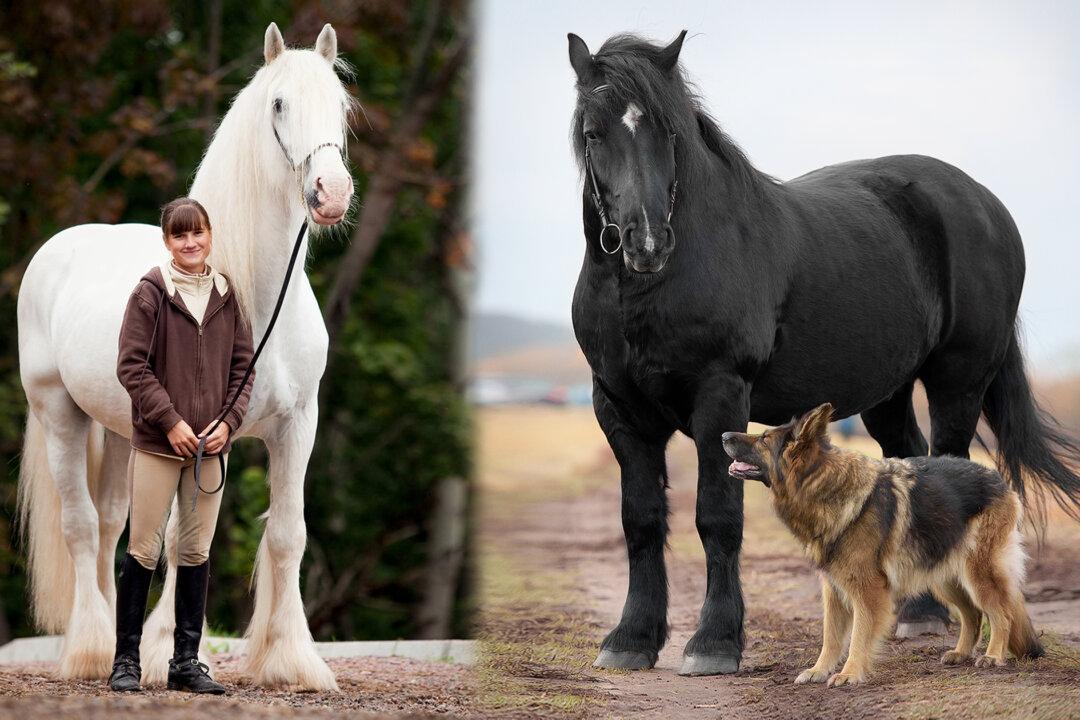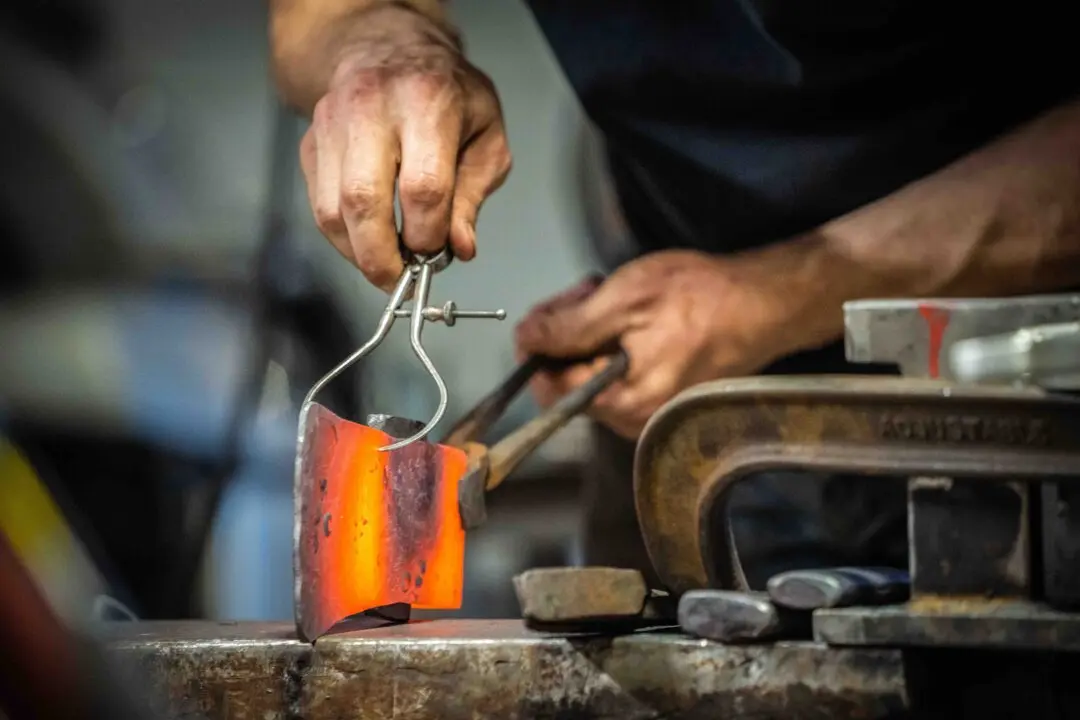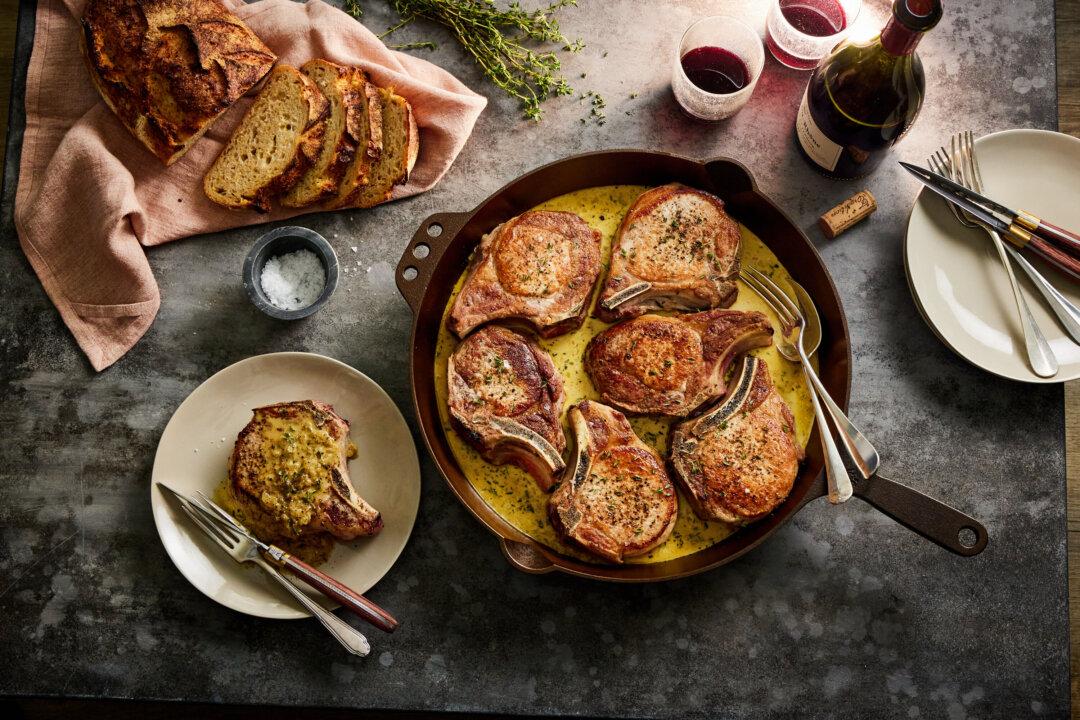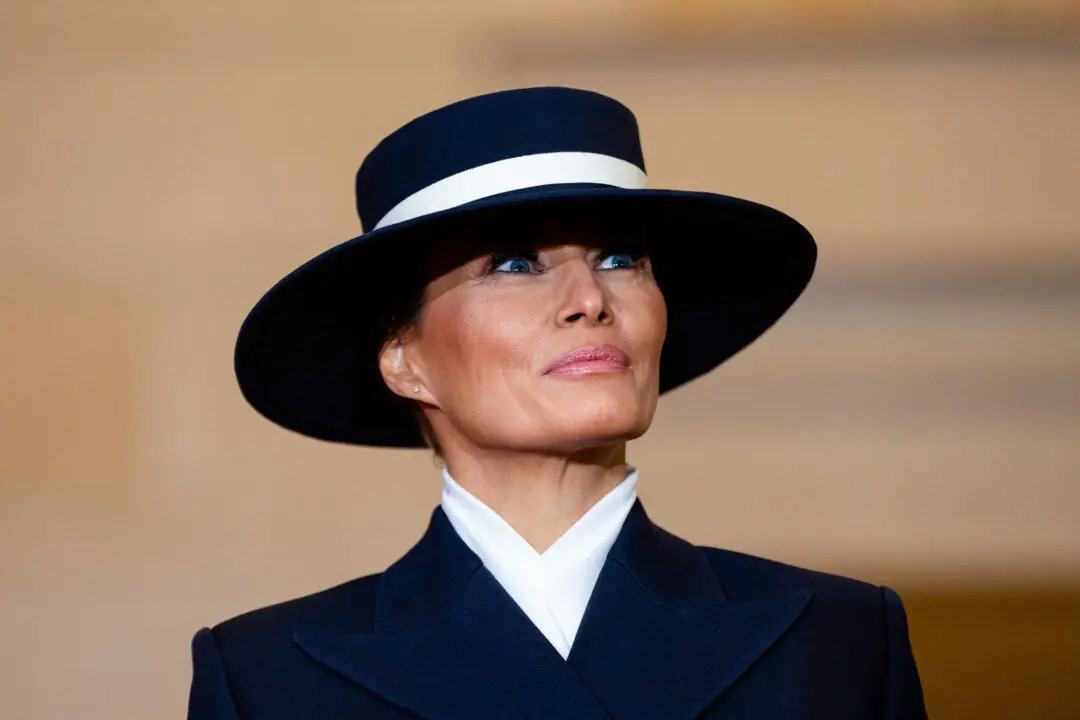In the 21st-century draft horses seem to stand as a nostalgic symbol of times gone by, but it’s easy to forget these gentle giants once played crucial roles throughout warfare and agriculture.
When larger farms began to emerge in the United States during the 19th century, there was a need for stronger, more powerful working animals than oxen and light horses. And so began the importation of draft horses from Europe. By 1900, according to the International Museum of the Horse (IMH), the United States became home to over 27,000 purebred Belgians, Clydesdales, Percherons, Shires, and Suffolk Punches.






